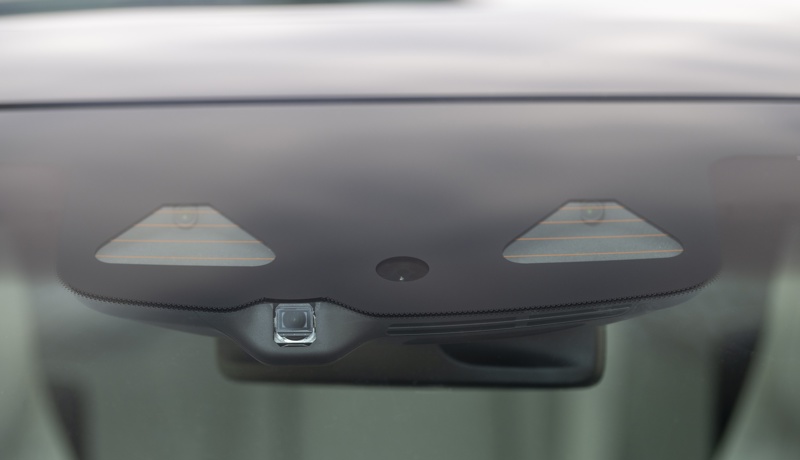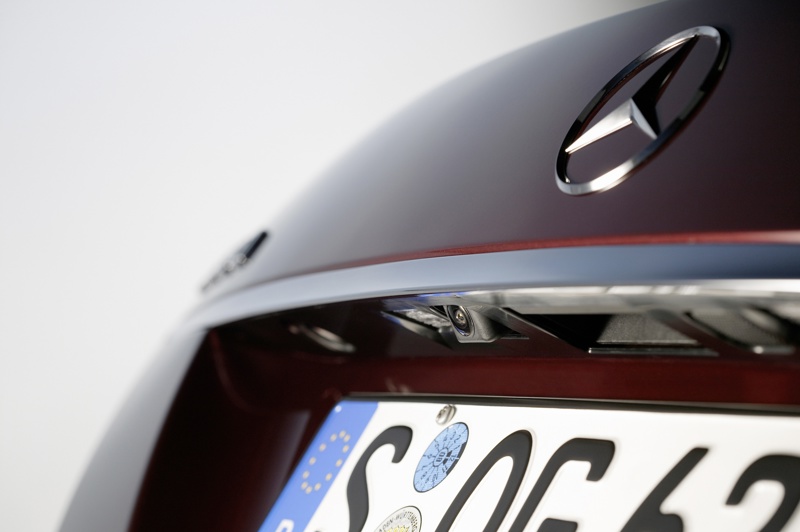Cameras
Cameras are an essential component of ADAS technologies, playing a crucial role in providing real-time information about the vehicle's surroundings.
Cameras are integral to Advanced Driver Assistance Systems (ADAS), offering various functionalities to enhance driving safety and convenience. Below, we explore the different types of cameras commonly used in ADAS and their applications.
Forward-Facing Cameras
Forward-facing cameras are typically mounted on the windshield or dashboard and capture images and video of the road ahead. They are used in features such as:
- Lane Departure Warning
- Forward Collision Warning
- Automatic Emergency Braking
- Traffic Sign Recognition
Mercedes EQS Stereo Vision cameras
Rear-Facing Cameras
Rear-facing cameras are mounted on the back of the vehicle, providing a view of what is behind. They are used in features such as:
- Backup Cameras
- Rear Cross-Traffic Alert
Backup camera
Side-View Cameras
Side-view cameras are mounted on the sides of the vehicle to provide a view of blind spots. They are used in features such as:
- Blind Spot Monitoring
Side camera
Interior Cameras
Interior cameras are typically mounted on the ceiling and are used in features such as:
- Driver Monitoring
- Drowsiness Detection
Advanced Image Processing
The cameras used in ADAS are typically high-resolution and utilize advanced image processing algorithms to analyze the captured data. These algorithms may include:
- Object Recognition: Identifying pedestrians, vehicles, and other objects on the road.
- Depth Sensing: Accurately determining the distance between the vehicle and other objects.
Overall, cameras play a critical role in ADAS technologies, providing drivers with real-time information about the vehicle's surroundings. They are essential components of many ADAS features and will continue to be pivotal in developing fully autonomous driving systems.
The video below from Veoneer shows some examples of camera use in cars.



